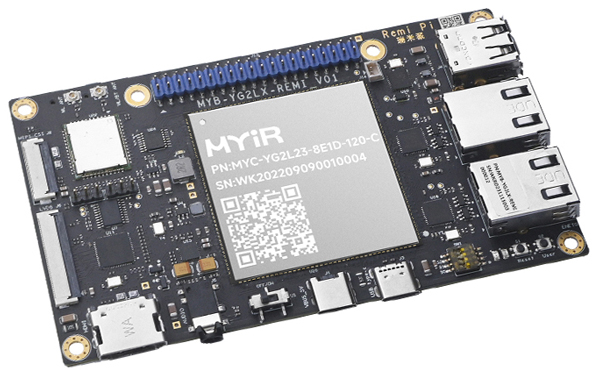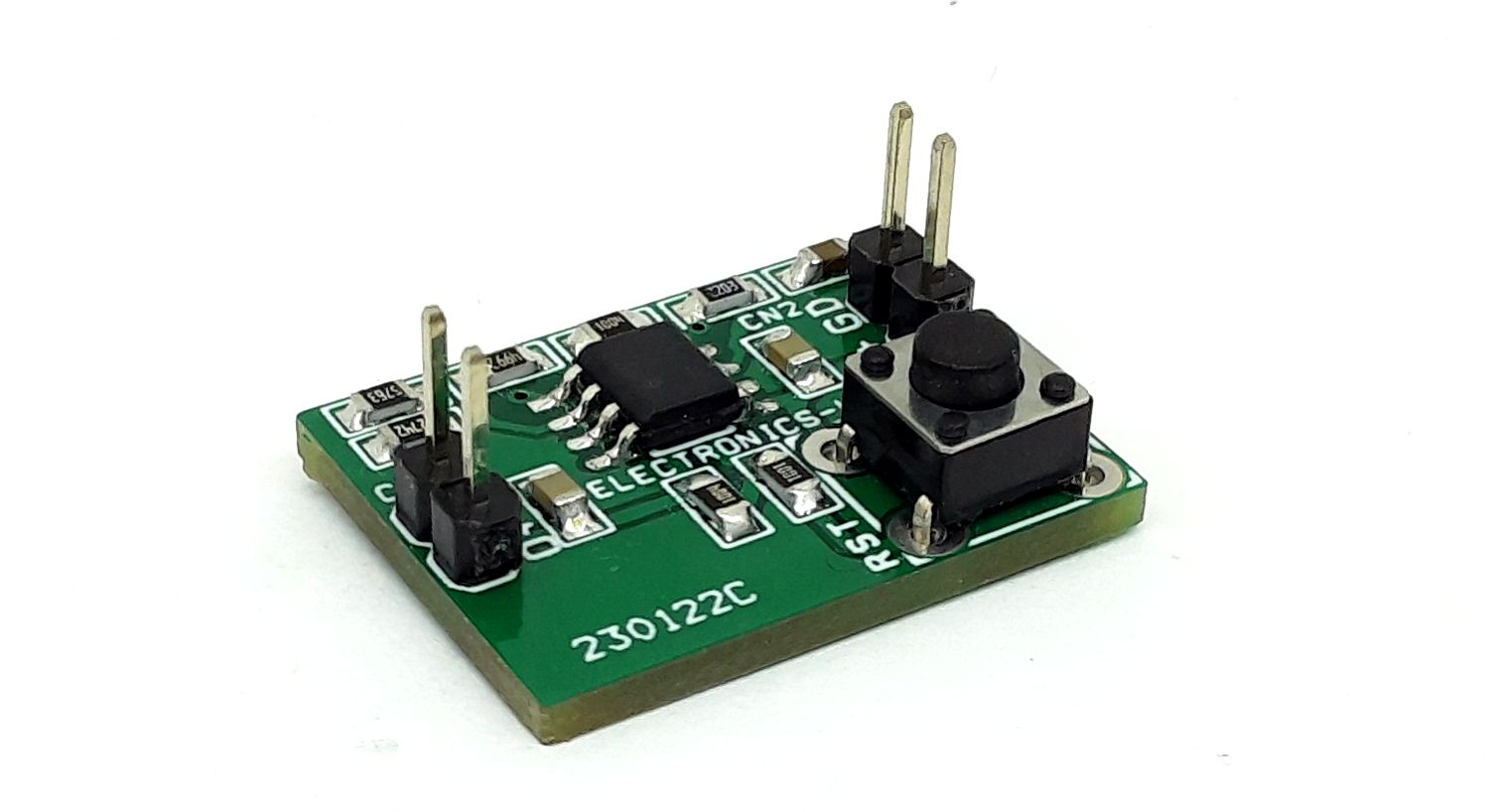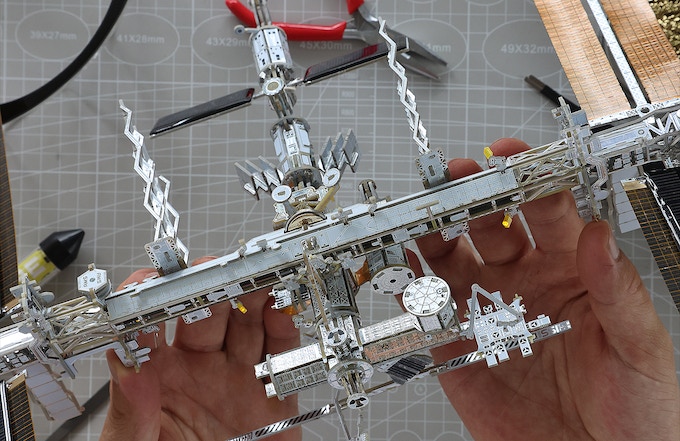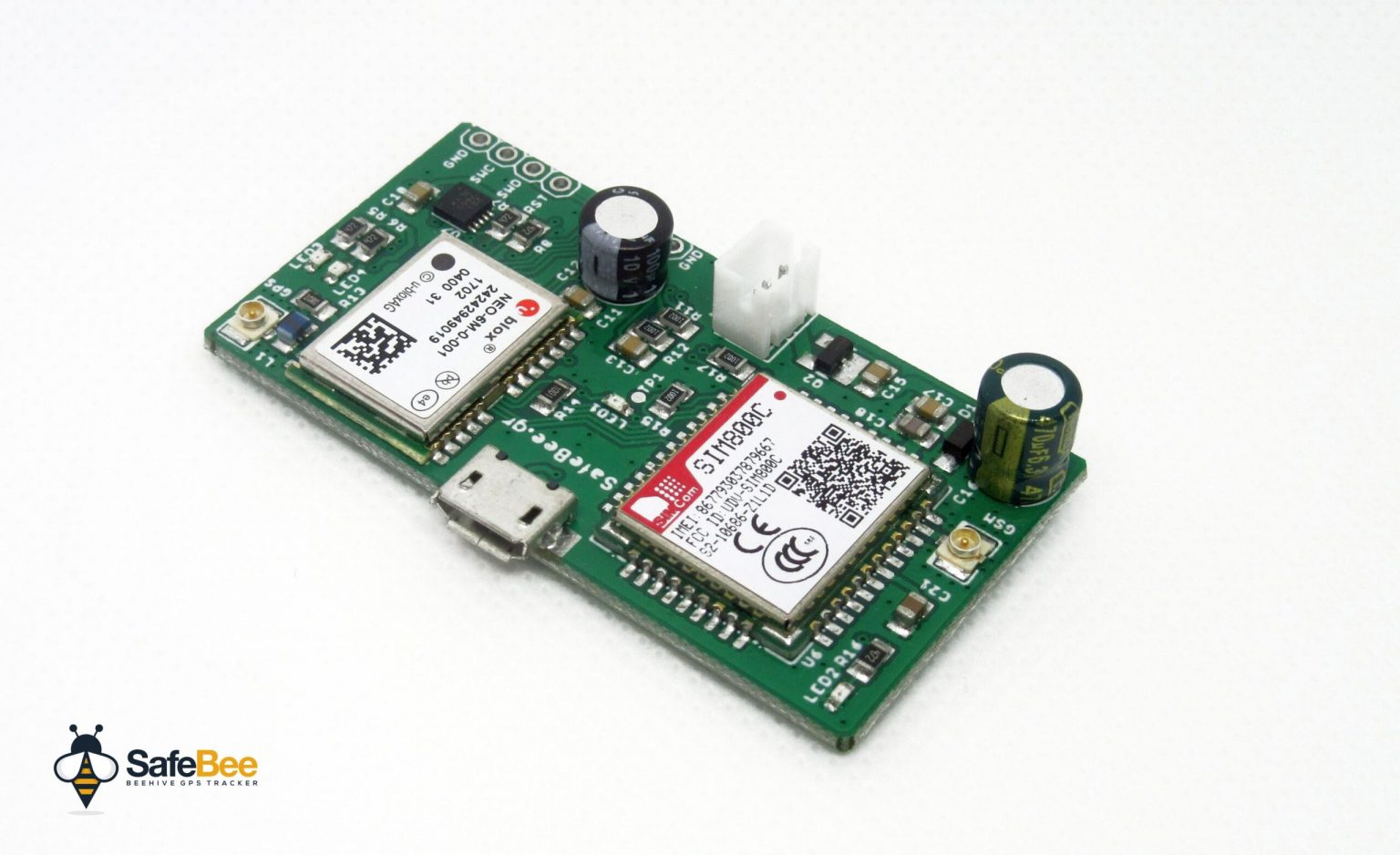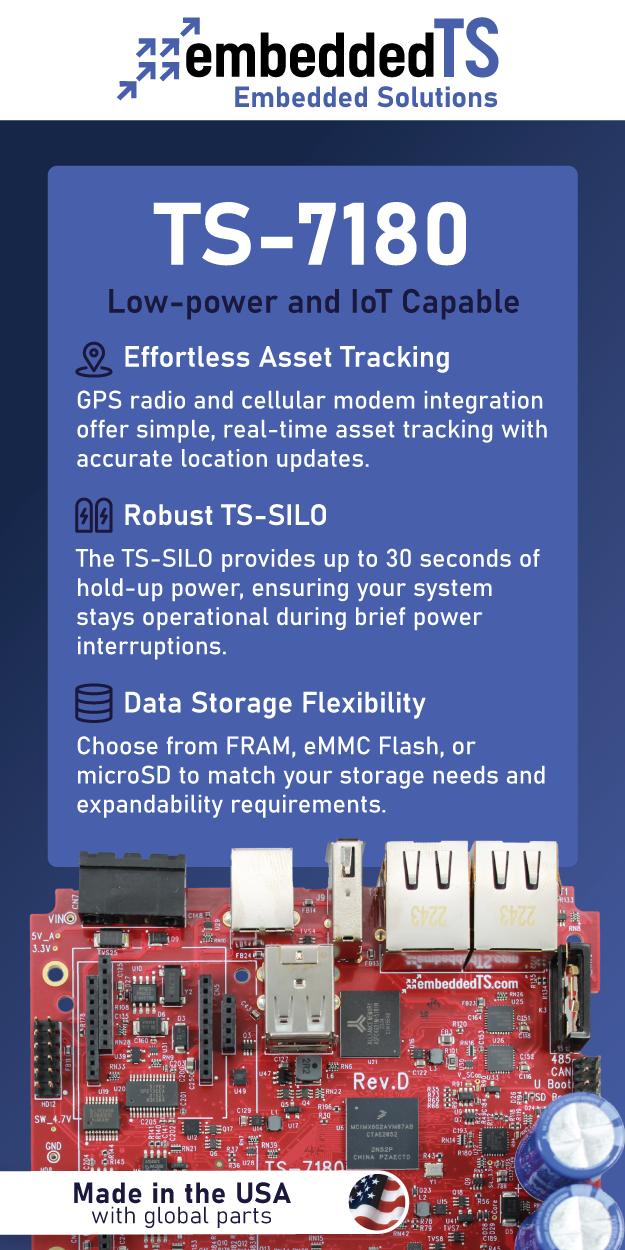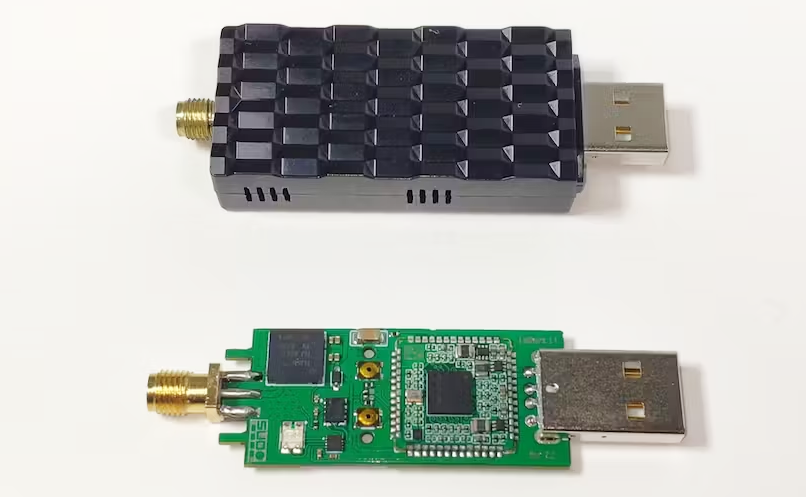
The Loshark is a USB Thumb Drive seized LoRa Debugging tool capable of running mainline Linux and executing javascript (ES2015) through Resonance runtime environment. Based on the Ingenic X1501 System-on-Chip module, it can run independently or alongside a computer, which makes it useful for various IoT and data-driven applications.
What is Resonance Framework?
Resonance, LoShark’s upcoming runtime environment, is currently in active development. Once completed, it will let devices run JavaScript (ES2015) on LoShark and similar instruments. It will have an open-source license, making IoT debugging and data collection easier.
The X1501 Pico SOM Module
Powered by the X1501 Pico SOM Module, the shark can execute complex algorithms and audio codes like Codec2 and Opus and software-based error correction codes such as DSSS and LDPC.
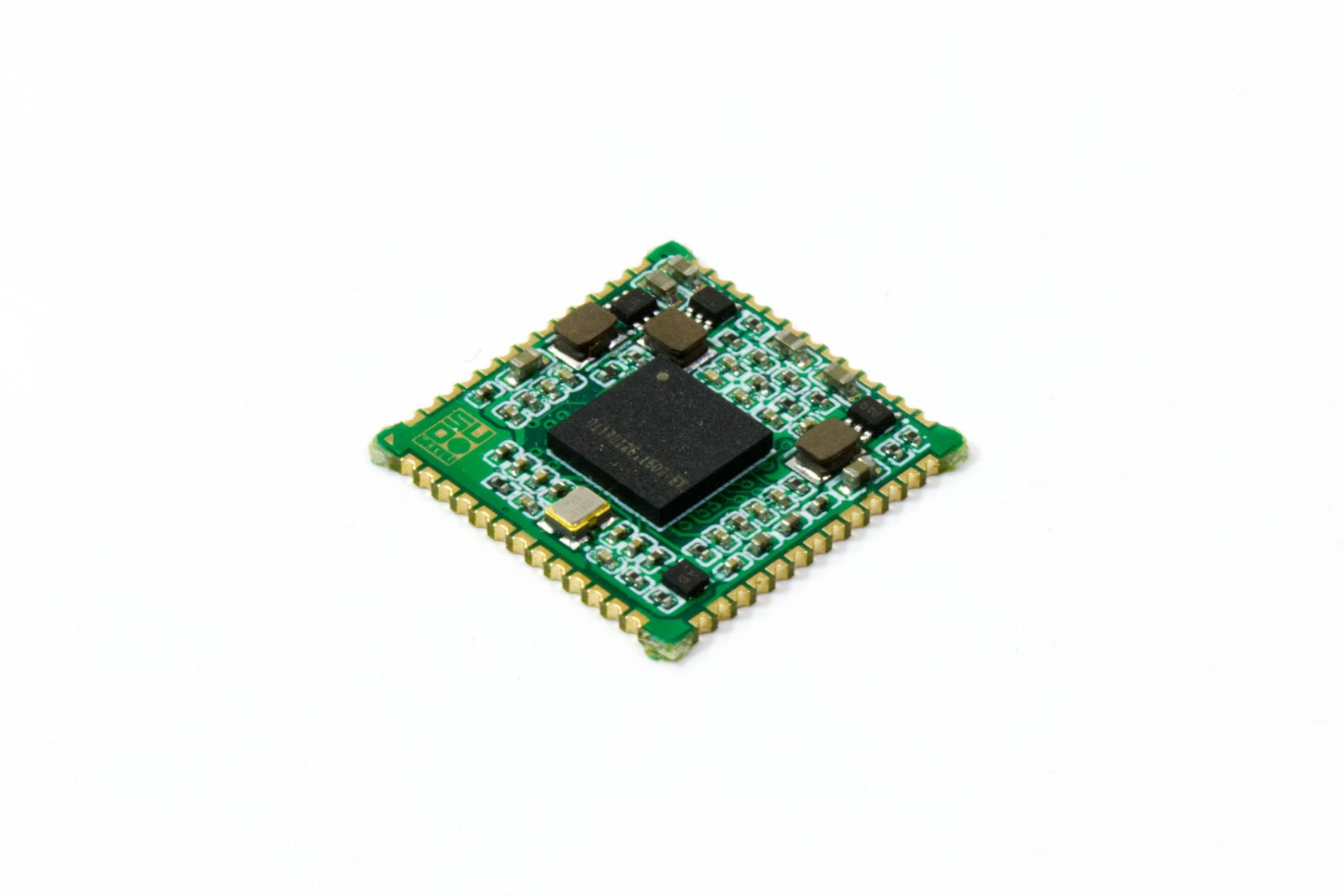
The SOM packs a fast, power-efficient, 32-bit MIPS32r2 RISC processor with a full-featured hardware FPU, 2200+ CoreMark, and 333+ MWIPS. More details bout this processor can be found in the product datasheet.
JavaScript Support with Resonance
The Loshark device’s primary strength is executing JavaScript (ES2015) through a resonance runtime environment. The runtime environment is still in the early development stage, but once the development is completed, it will be made open-source and accessible for everybody to use. If you are interested in testing or tinkering with Thai pieces of software, you can join their Discord for alpha testing.
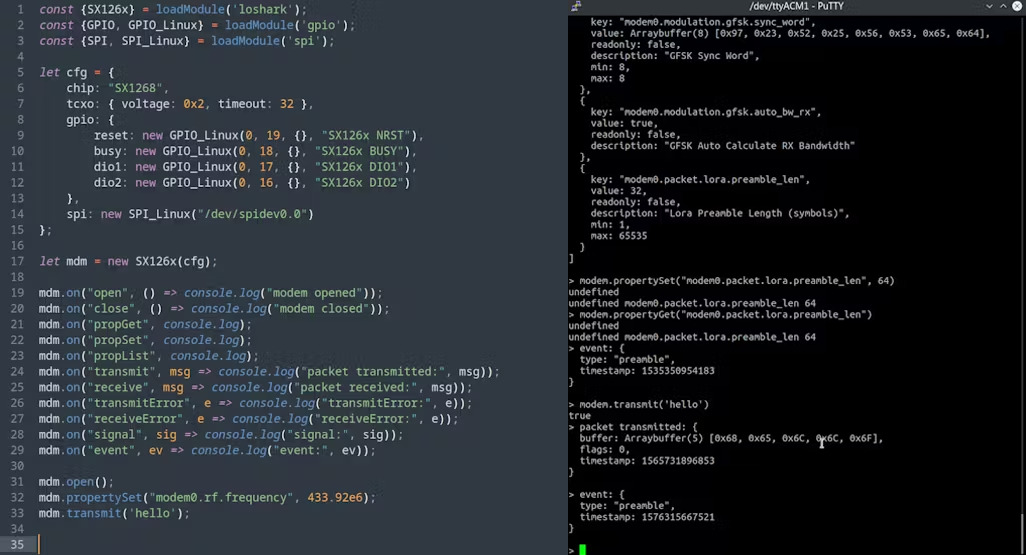
The company has released a simple Javascript application and a NodeJS-like console interfacing directly with the SX126X LoRA chip.
This feature enables users to program specific tasks, like capturing packets sending and monitoring LoRa packets manually or automatically with a delay. This is an open-source project so all the schematic PCB files and software can be found in Loshark GitHub Riopo. there is also a Hackaday page that talks about its features in deeper detail.
Linux Support
The device runs mainline Linux, allowing users to run C and C++ applications directly within the LoSharK device. By optimizing your C code, you can do a lot of exciting projects with this device.
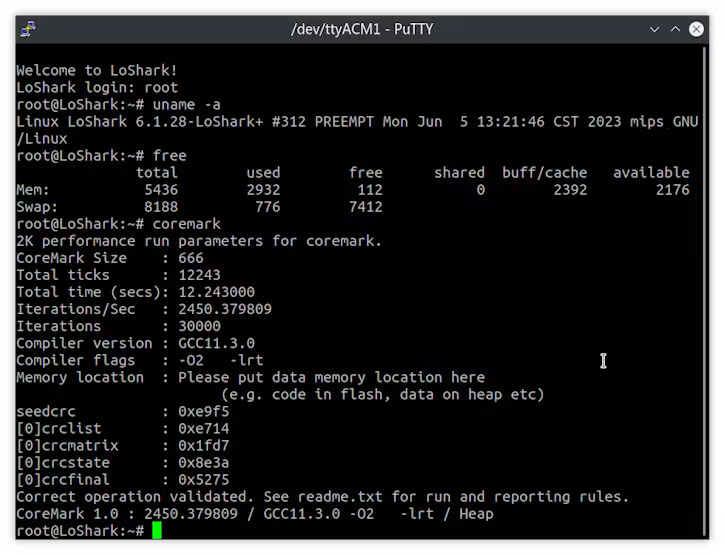
Other features include a Real-Time Clock (RTC) capable of retaining time configurations for a minimum of two days and a programmable RGB LED indicator accessible via I2C for status indication. The device can be configured with any LoRa module with the following frequency bands: 433MHz, 869MHz, or 915MHz.
Features List of the LoShark Module
The complete feature list of the Loshark module is shown below:
- A Compact and Portable USB-type Design makes the device easy for portability and convenience.
- It has the ability to execute JavaScript (ES2015) through the Resonance runtime.
- It runs mainline Linux, allowing users to write applications in C and C++.
- This device has 8MB of DRAM, 8MB of PSRAM, and additional storage options (starting from 128MB up to 4GB).
- LoShark consumes 150mW while plugged into a PC and not transmitting, which is ultra-efficient.
- The device is built on top of X1501 Pico SoM powered by a MIPS32r2 RISC processor for max efficiency.
- The LoShark is compatible with various different antenna types, thanks to its onboard SMA connector.
- It offers powerful RTC that can operate independently for at least 2 days.
- The device has an RGB LED for indication accessible via the I2C interface.
The LoSharK Debugger is provided in two variants. The version with 256MB storage is available for $59.99, while the 4GB Flash storage variant is priced at $72.99.





